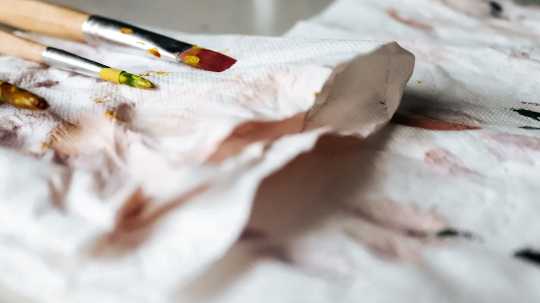Virtual Reality and the Future of Art Exhibitions
The world of art is constantly evolving, and one of the most exciting developments in recent years has been the integration of virtual reality technology into traditional art exhibitions. Virtual reality, or VR, allows viewers to immerse themselves in a digital world where they can interact with and experience art in ways that were previously impossible. As this technology continues to advance, it is reshaping the way we think about art and the ways in which we engage with it.
Virtual reality technology has been around for decades, but it is only in recent years that it has started to become more accessible and affordable for the average consumer. As a result, artists and curators are now exploring how VR can be used to create more engaging and interactive art experiences for audiences. One of the most exciting applications of VR in the art world is in the realm of exhibitions. By creating virtual spaces that users can explore and interact with, artists are able to push the boundaries of what is possible in a traditional gallery setting.
One of the key benefits of using virtual reality in art exhibitions is the ability to create immersive experiences that transport viewers to new and exciting worlds. In a traditional gallery setting, art is limited by physical constraints such as space and lighting. With VR, artists can create digital environments that are limited only by their imagination. Viewers can explore these spaces at their own pace, moving through the virtual world and interacting with the art in a way that is truly unique.
Another advantage of using VR in art exhibitions is the ability to reach a wider audience. Traditional art exhibitions are limited by physical location, meaning that only those who are able to visit the gallery in person can experience the art on display. With VR, however, artists can create virtual exhibitions that can be accessed from anywhere in the world. This opens up new possibilities for artists to connect with viewers from all walks of life and to share their work with a global audience.
Virtual reality also provides new opportunities for artists to experiment with different mediums and styles. By creating digital environments that are not bound by the laws of physics, artists can explore new ways of creating and presenting art. For example, a painter may use VR to create a 3D sculpture that viewers can walk around and examine from all angles. A photographer may use VR to create an immersive slideshow that takes viewers on a journey through their work. The possibilities are endless, and artists are just beginning to scratch the surface of what is possible with this exciting new technology.
Of course, there are some challenges that come with using virtual reality in art exhibitions. One of the biggest issues is the cost of creating VR experiences. While the technology has become more affordable in recent years, it still requires a significant investment in equipment and software. Additionally, not all artists are comfortable working in a digital medium, and some may struggle to adapt to the new tools and techniques that VR requires.
There are also concerns about the impact of VR on the traditional art world. Some worry that virtual exhibitions will replace physical galleries, leading to the decline of brick-and-mortar art spaces. While it is true that VR offers new possibilities for showcasing and experiencing art, it is unlikely to replace the tangible and tactile experience of seeing art in person. Many artists and curators are finding ways to integrate VR into their existing practices while still maintaining a physical presence for their work.
In conclusion, virtual reality technology has the potential to revolutionize the way we think about art exhibitions. By creating immersive and interactive experiences that can be accessed from anywhere in the world, artists are able to reach a wider audience and push the boundaries of what is possible in a traditional gallery setting. While there are challenges to overcome, the future of art exhibitions is bright with the possibilities that VR offers. As artists continue to experiment and explore this exciting new medium, we can look forward to a whole new world of art experiences that are limited only by our imagination.

